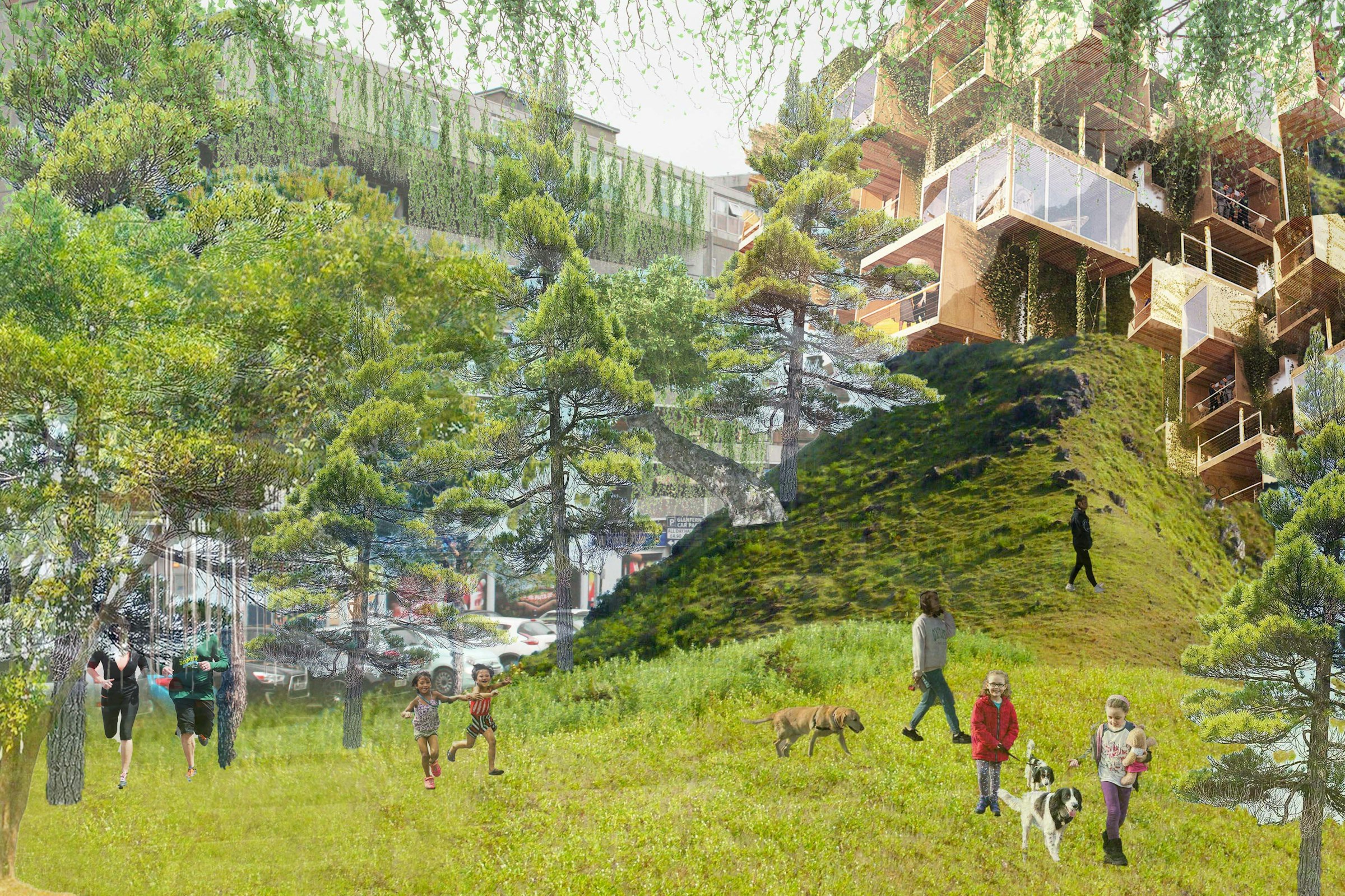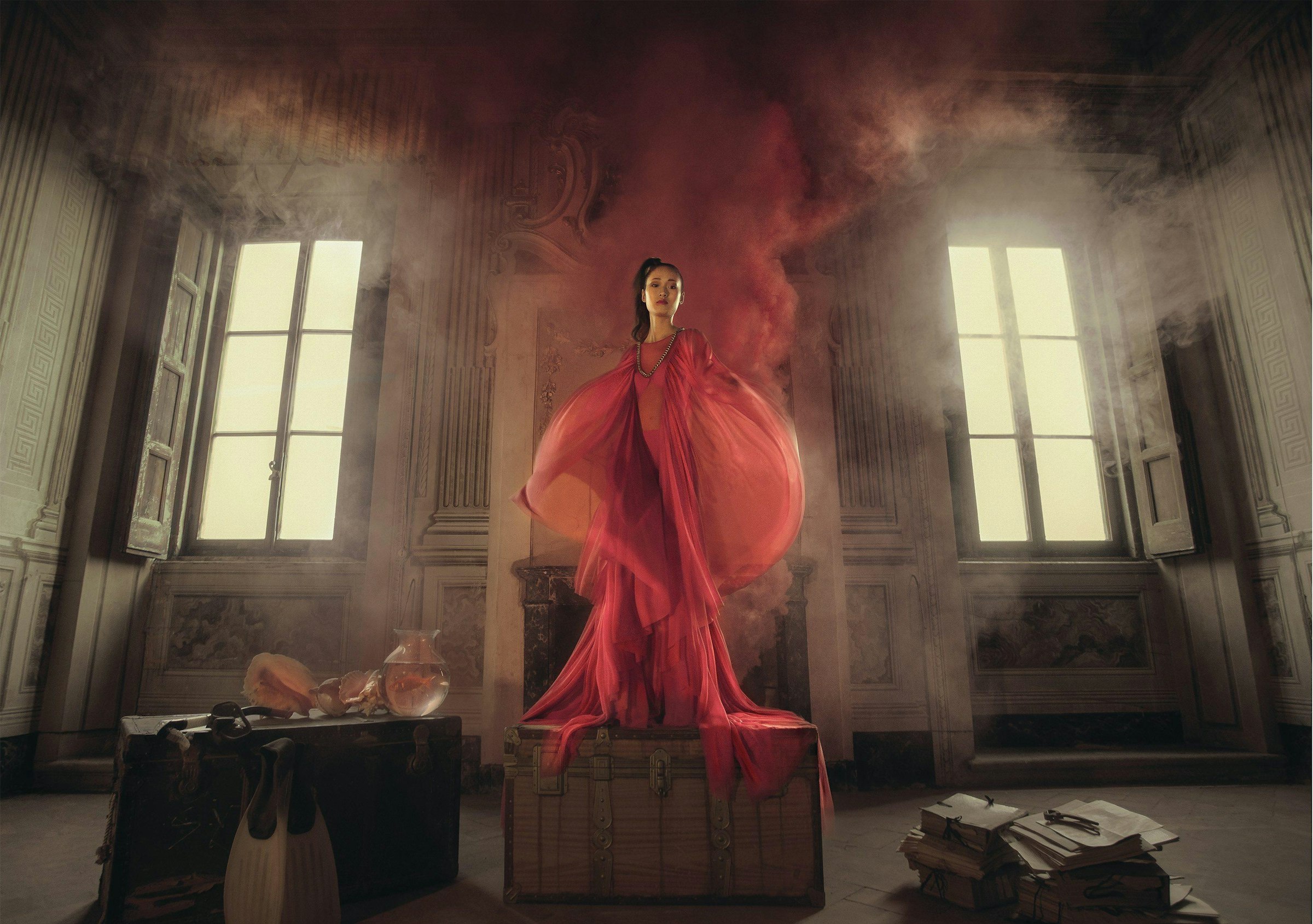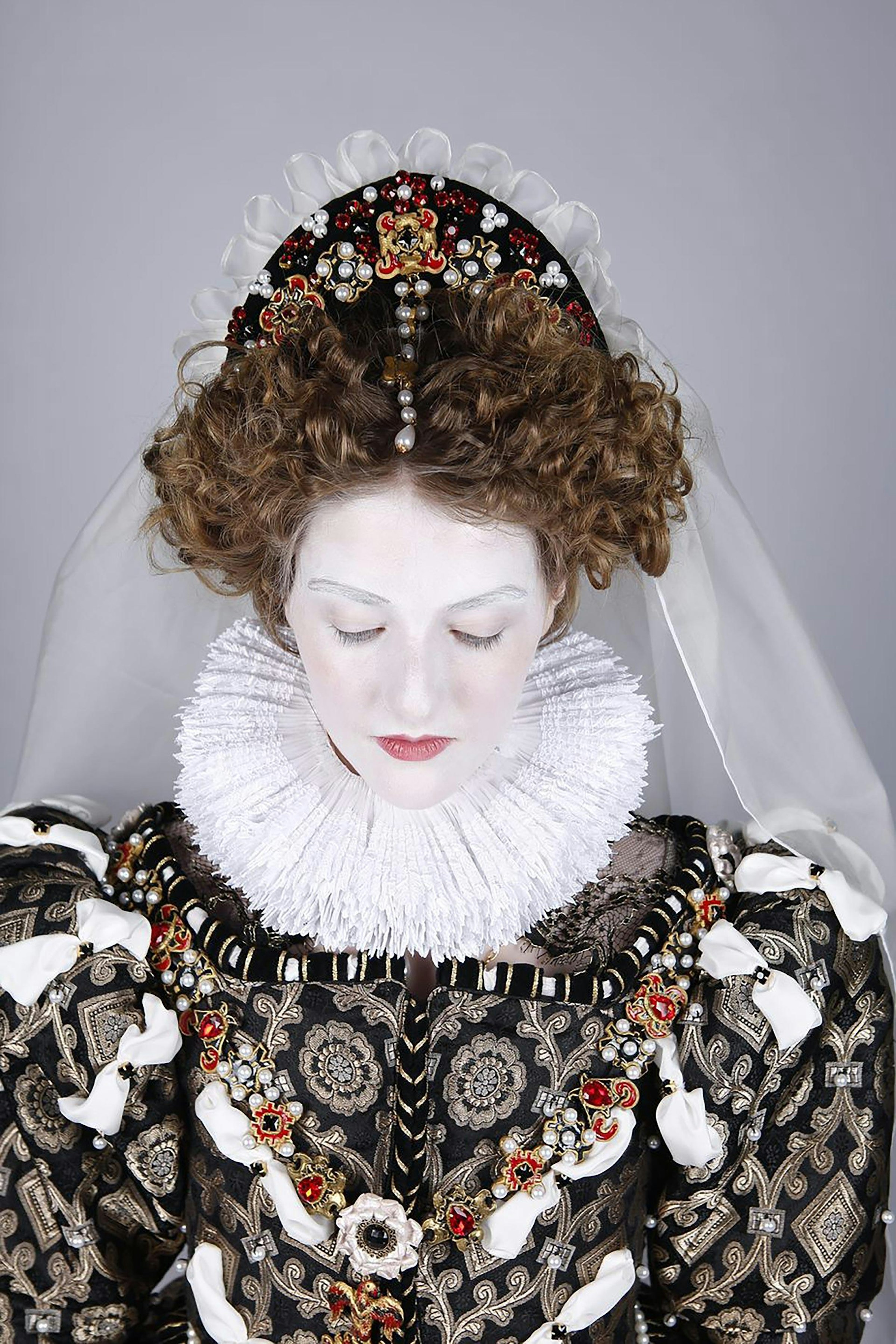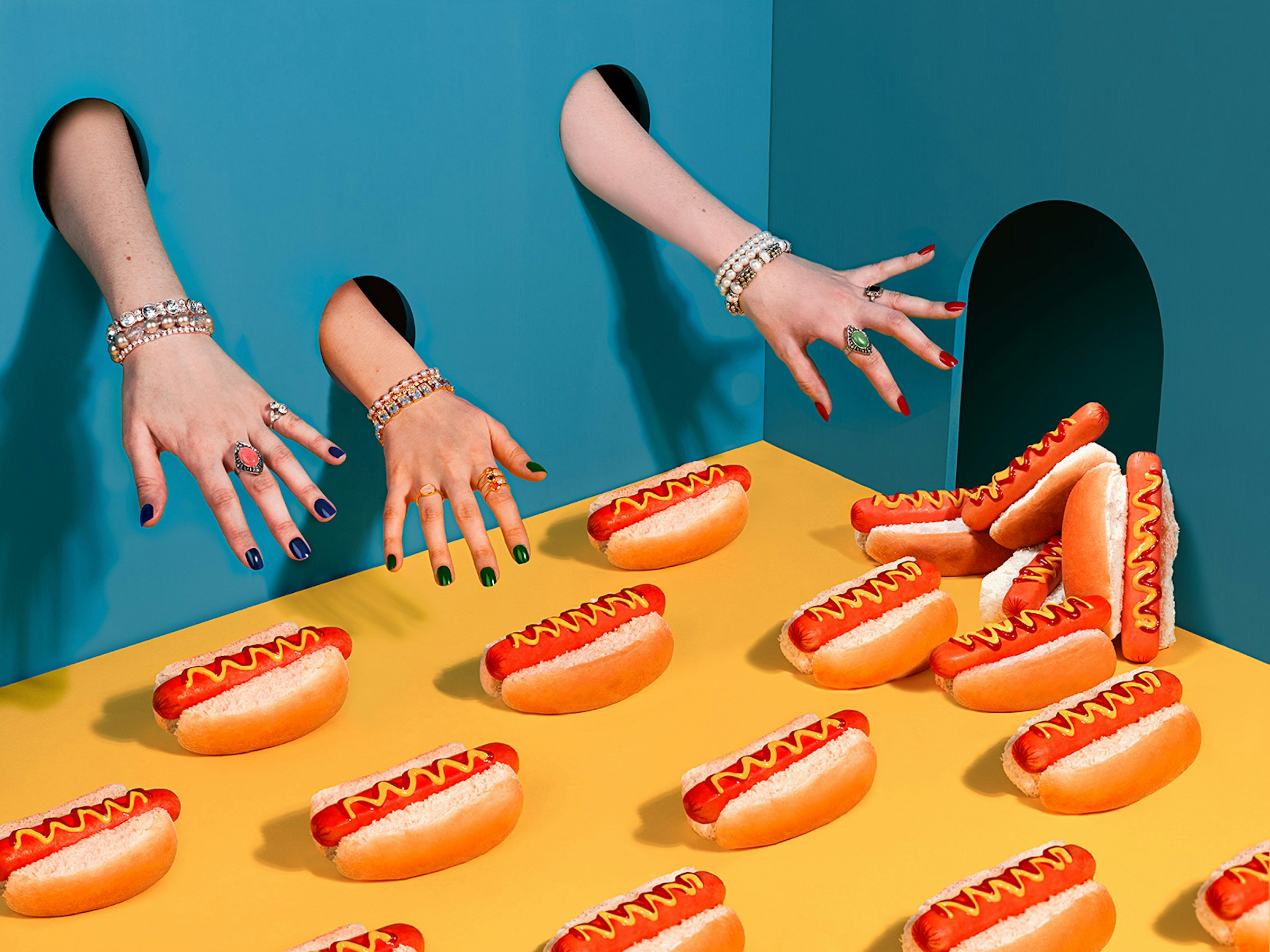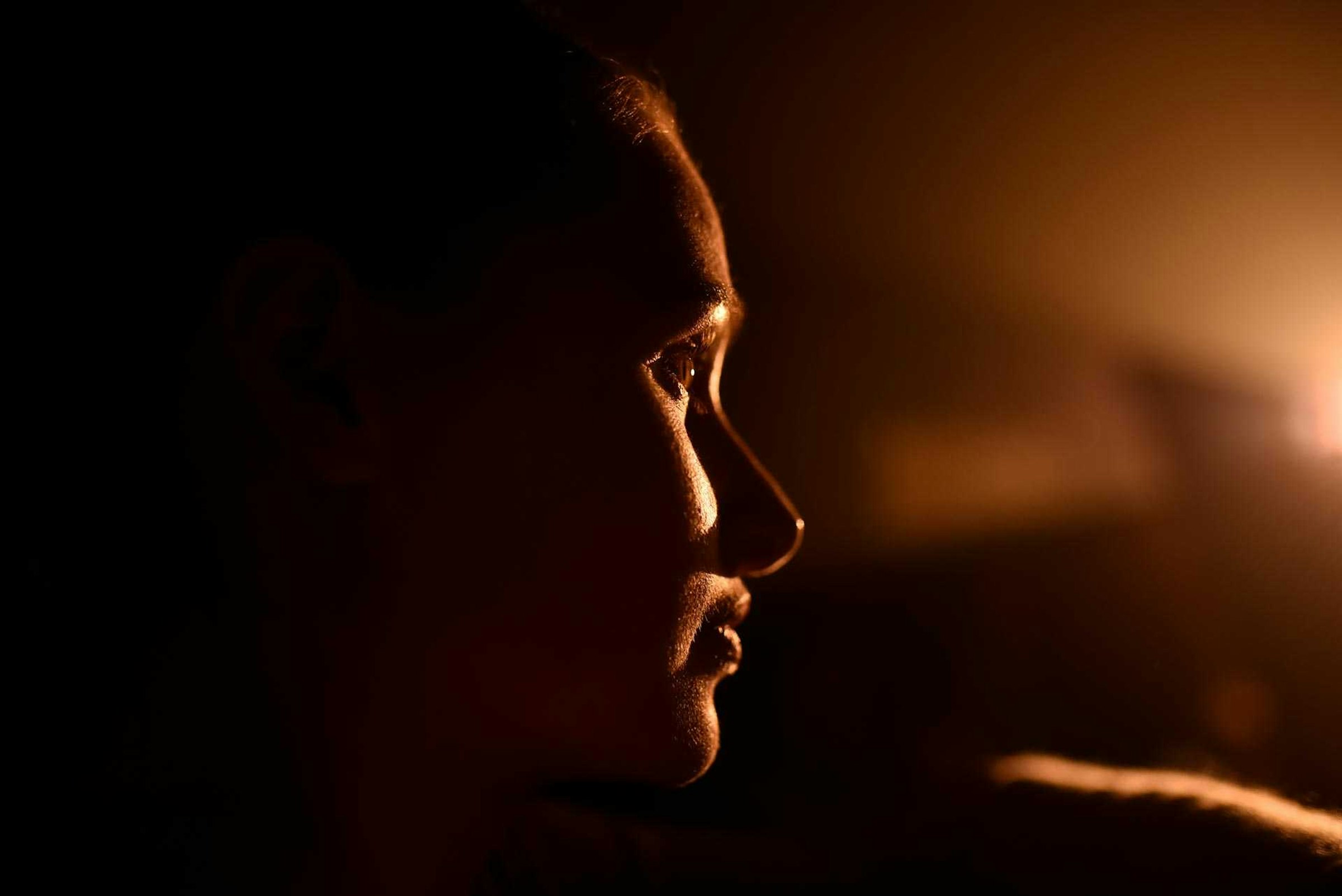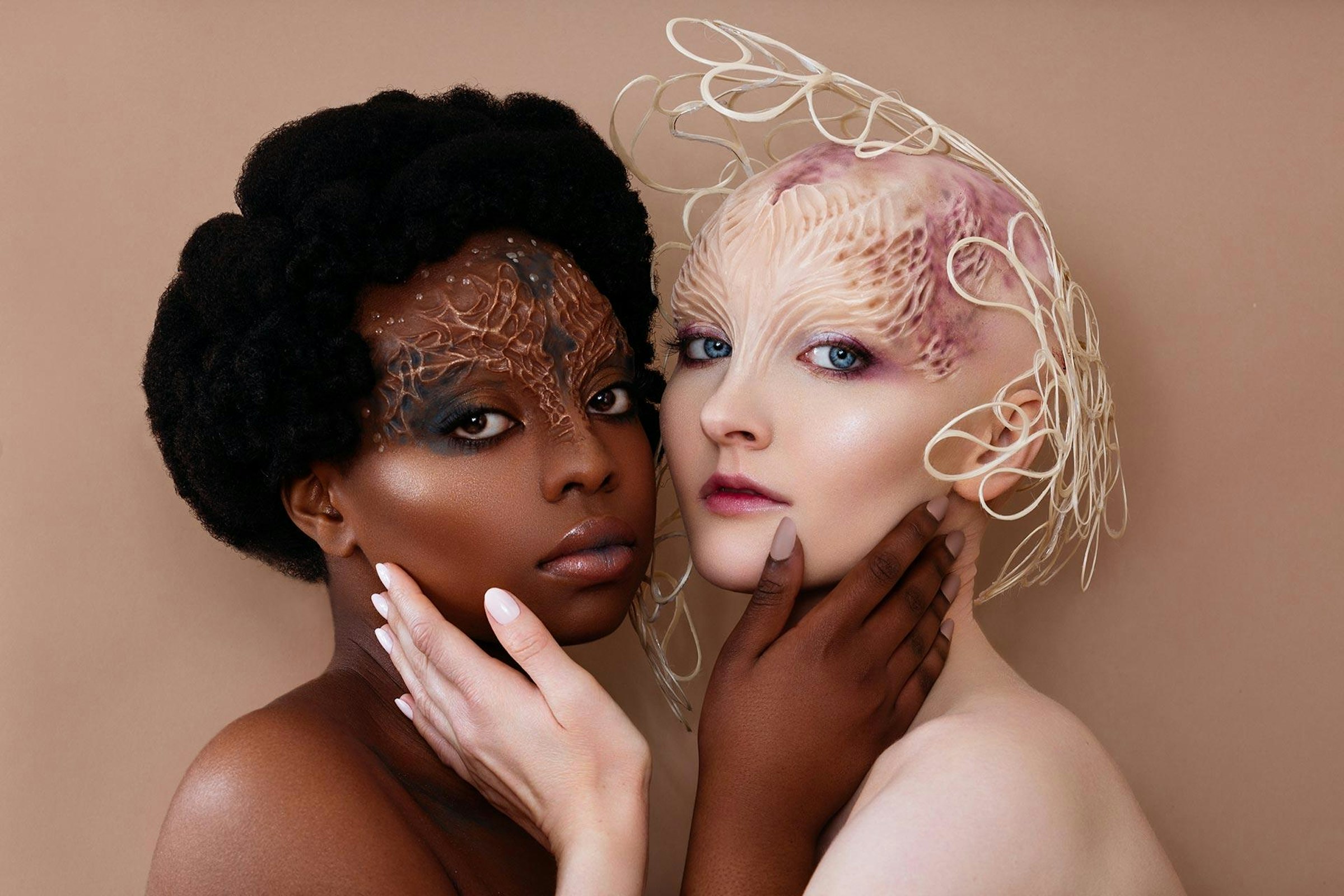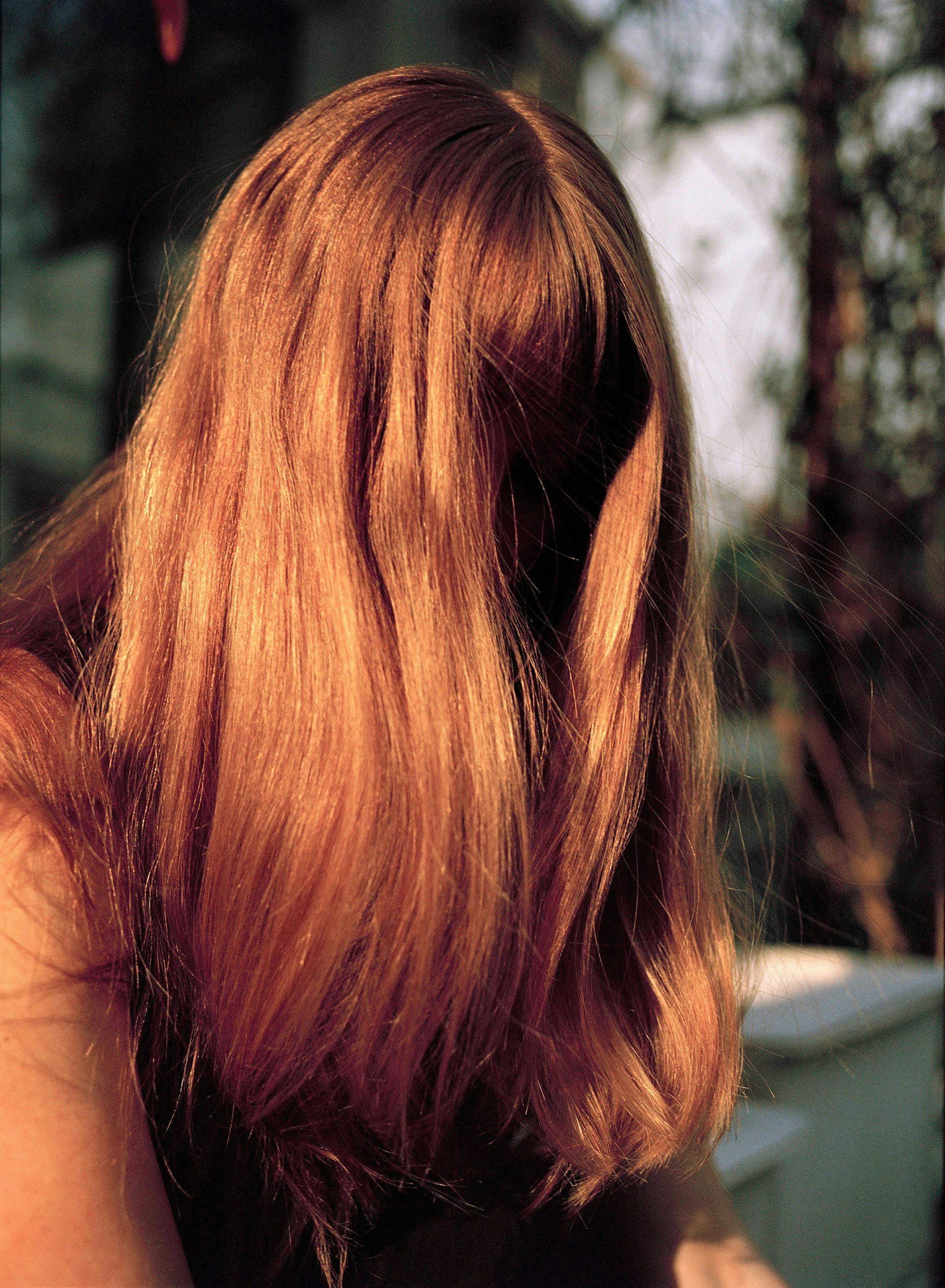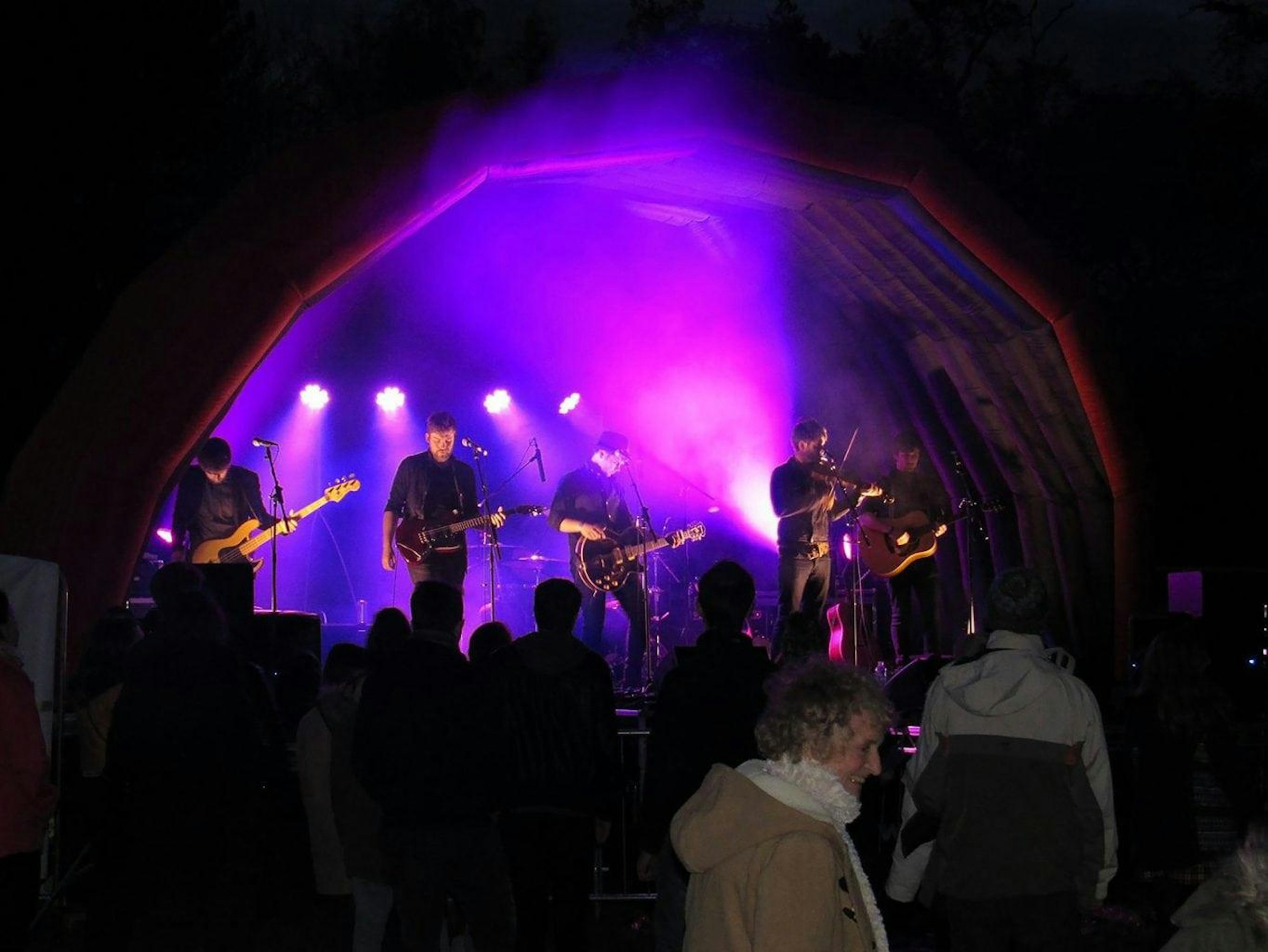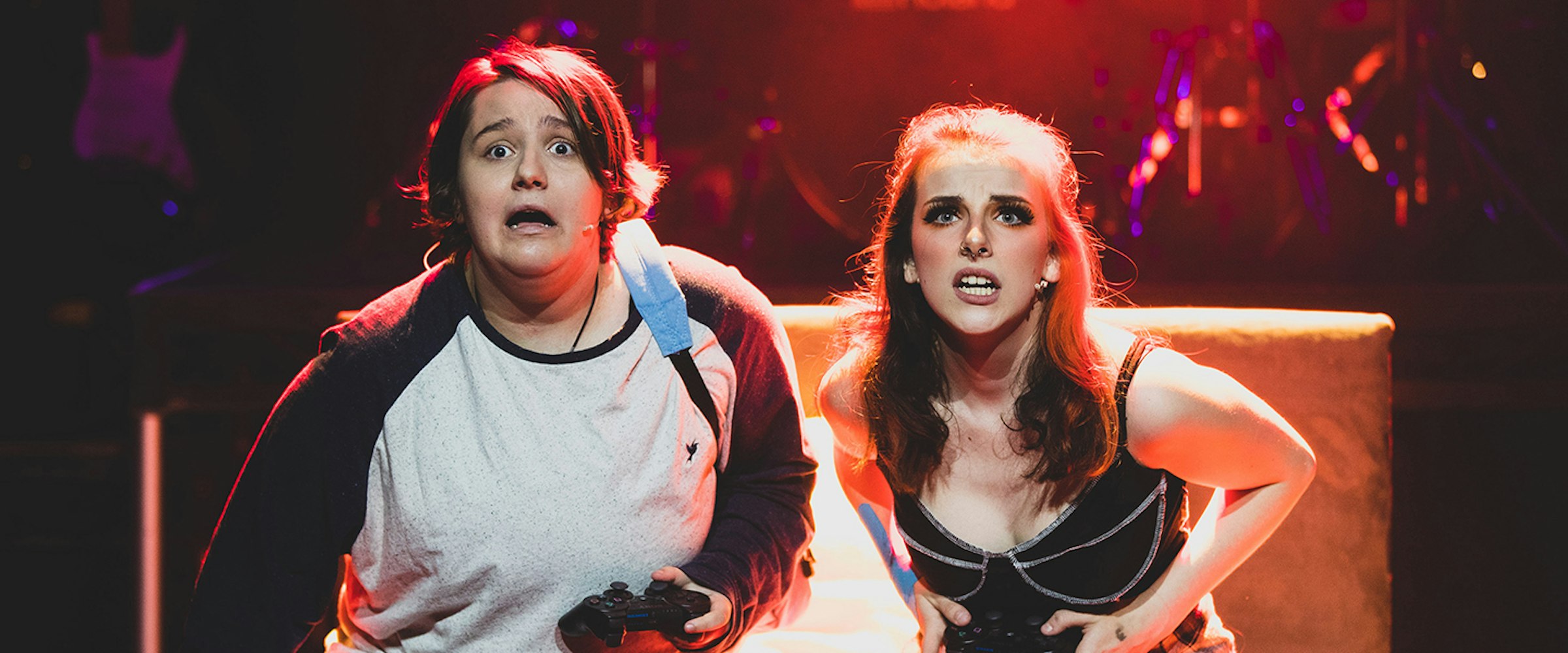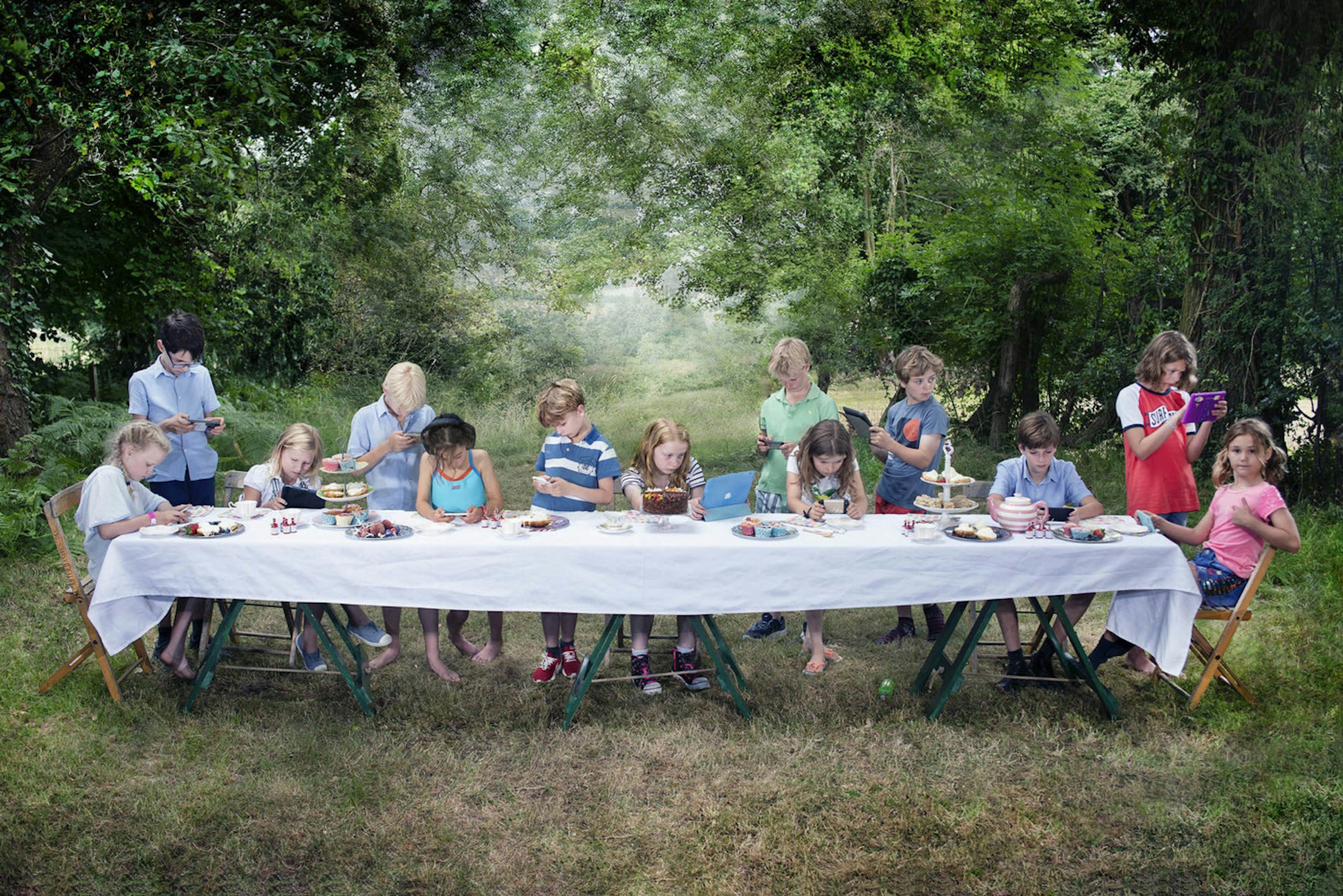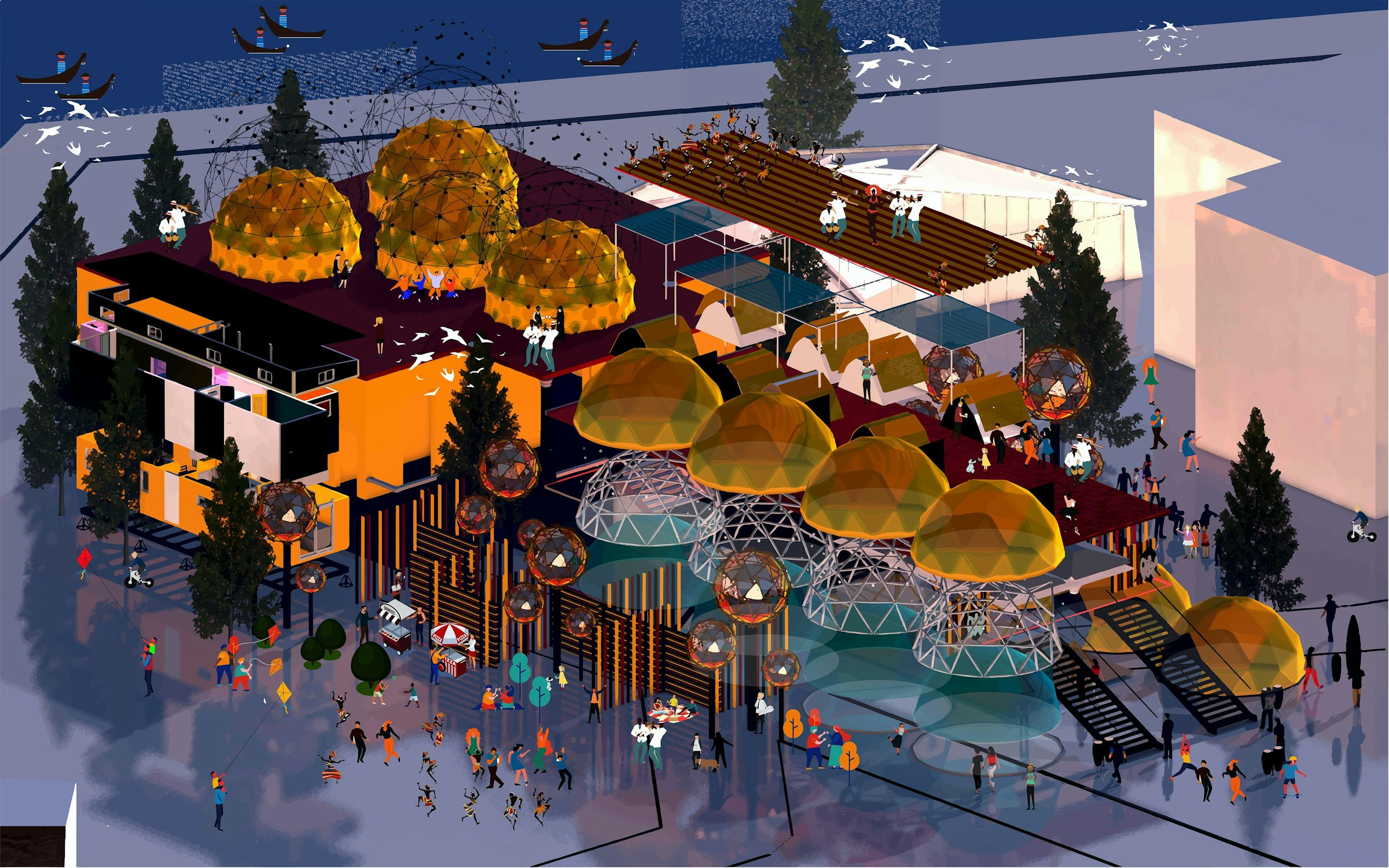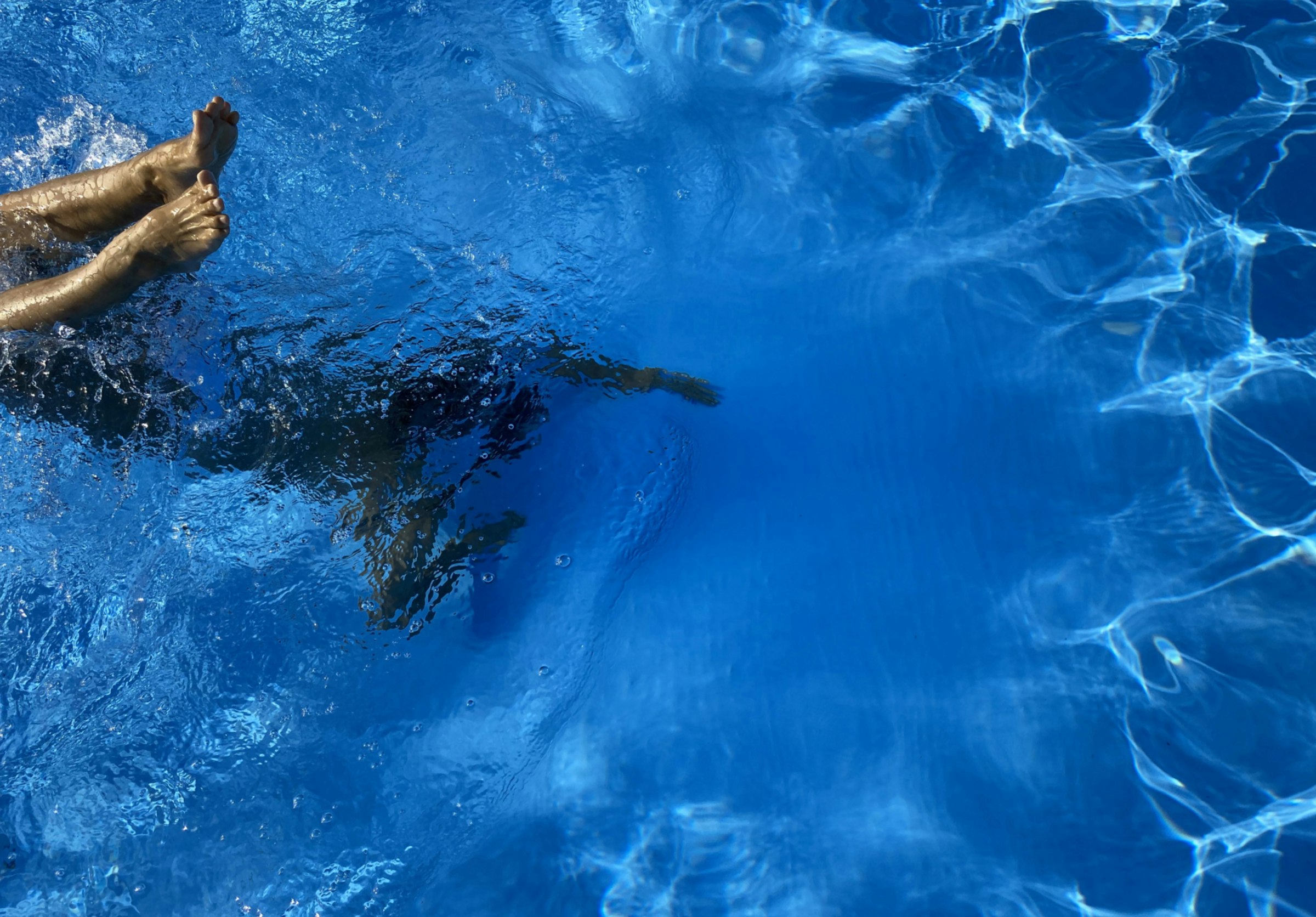You are using an outdated browser. Most of this website should still work, but after upgrading your browser it will look and perform better.
- Home
- Undergraduate Courses
- BA (Hons) Illustration
BA (Hons) Illustration
- Duration: 3–5 years full-time
- Placement year: Optional 1 year
- Course code: W220 (UCAS)
- Institution code: A66 (UCAS)

Overview
On BA (Hons) Illustration, you'll experiment, test and develop your creative practice, set in our dynamic studio environments to create rich visuals through eclectic image-making.

Learn in dynamic studio environments.
At AUB, you’ll learn to experiment, test and develop your illustration practice.

Explore a range of processes and strategies.
Find your medium, from drawing, painting, and printmaking, photographic image, digital painting, moving image and motion graphics, CGI, interactive media and more!
Watch our course video
Hear from student Charlie to find out what it's like to study BA (Hons) Illustration here at AUB.
This content can't be displayed, please accept marketing, statistics cookies to view
Accept to viewCourse gallery
Want to know more about the kind of work our students are working on? Browse the gallery below to explore the work of our current BA (Hons) Illustration students.
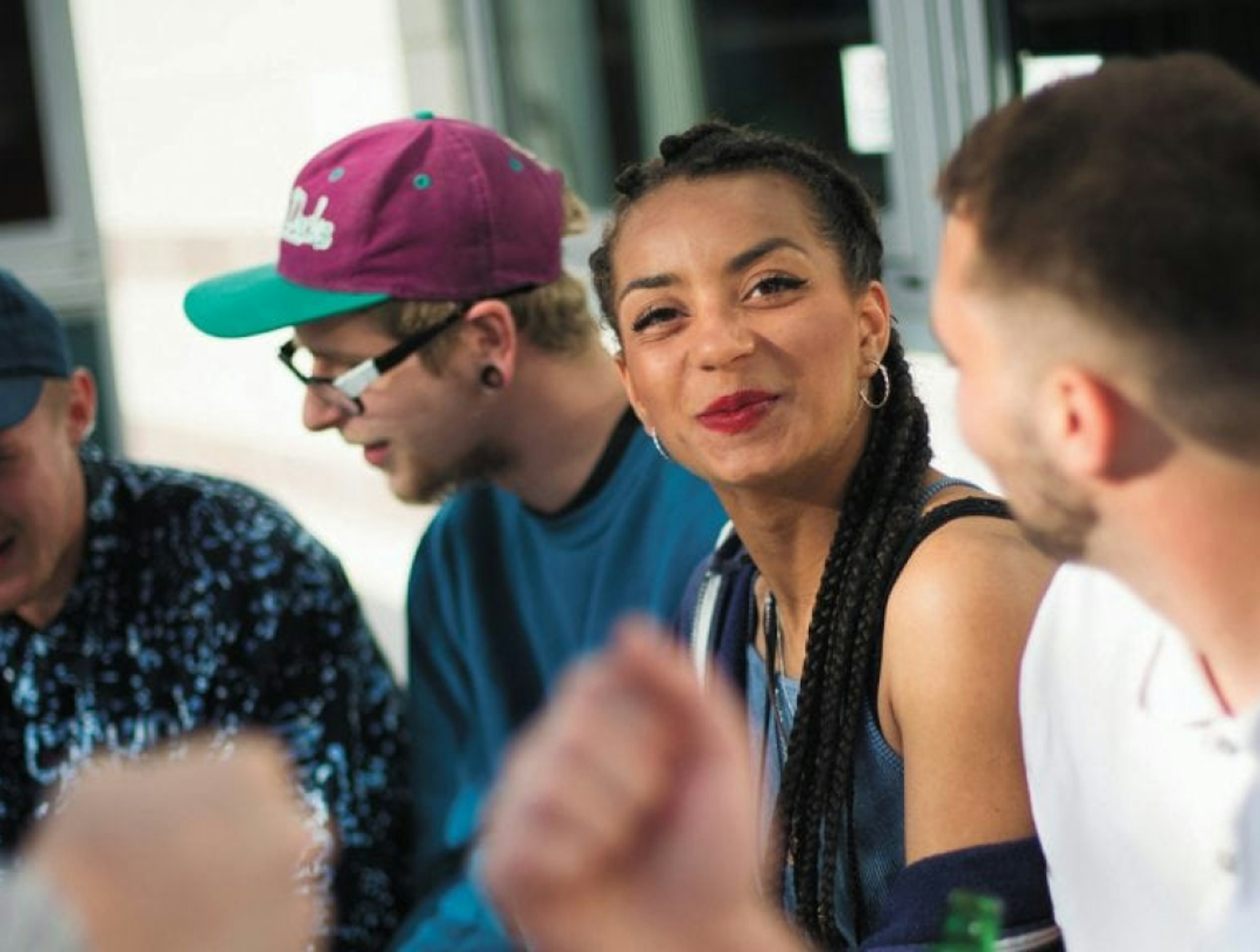
Chat to a student
Our student ambassadors are here to answer any questions you might have on university life, our courses and all things AUB.
Chat on Unibuddy


